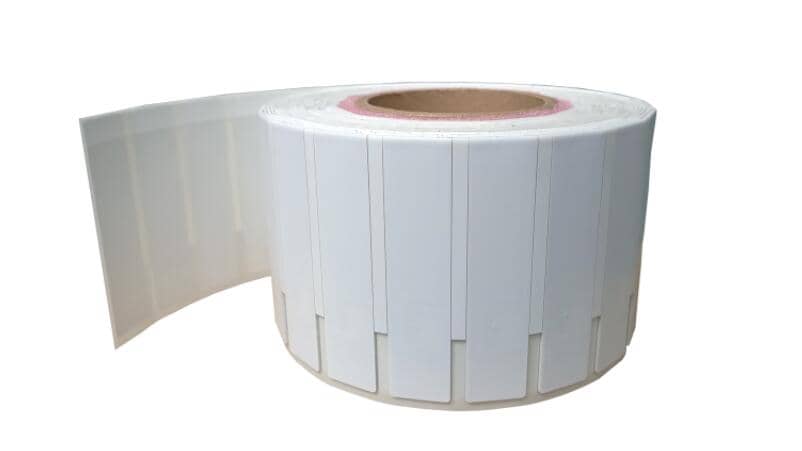RFID directly inherits the concept of radar, and thus develops a vibrant new AIDC technology - RFID technology. In 1948, Harry Stockman published "Communication Using Reflected Power" which laid the theoretical foundation of RFID.
1) The history of RFID technology development. In the 20th century, the theoretical and applied research of radio technology is one of the most important achievements in the development of science and technology. The development of RFID technology can be divided into 10 years as follows:
1941-1950. The improvement and application of radar gave birth to RFID technology. In 1948, the theoretical foundation of RFID technology was laid.
1951-1960. In the early exploratory stage of RFID technology, it is mainly in laboratory experimental research.
1961-1970. The theory of RFID technology has been developed, and some application attempts have been started.
1971-1980. RFID technology and product research and development are in a period of great development, and various RFID technology tests have been accelerated. Some of the earliest RFID applications emerged.
1981-1990. RFID technology and products have entered the stage of commercial application, and applications of various scales have begun to appear.
1991-2000. The standardization of RFID technology has been paid more and more attention, RFID products have been widely used, and RFID products have gradually become a part of people's lives.
2001-present. The issue of standardization has been paid more and more attention by people. The variety of RFID products has become more abundant. Active electronic tags, passive electronic tags and semi-passive electronic tags have been developed. The cost of electronic tags has been continuously reduced, and the scale application industry has expanded.
The theory of RFID technology has been enriched and perfected. Single-chip electronic tags, multi-electronic tag reading, wireless readable and writable, long-distance identification of passive electronic tags, and RFID adapted to high-speed moving objects are becoming a reality.

In recent years, my country has raised the Internet of Things as a strategic emerging industry to the national development focus, and the Internet of Things industry has continued to develop. The continuous introduction of concepts and strategies in various countries indicates that the cross-border integration of information technology and traditional industries has become an inevitable trend, all pointing to the core of intelligent manufacturing. Intelligent manufacturing needs to collect data from industrial equipment, and then use and analyze the data in the next step. However, in extreme application scenarios such as metal, ordinary RFID tags cannot be used, and data collection is faced with great challenges.
Therefore,
RFID flexible anti-metal tags came into being. The flexible anti-tag is an electronic tag encapsulated with a special anti-magnetic absorbing material. It not only technically solves the problem that ordinary electronic tags cannot be attached to metal surfaces, but also can be attached to curved surfaces like ordinary tags. It plays an important role in collecting data in extreme environments such as metals.
Our Hanfly rfid can make different sizes uhf flexible anti-metal tags,which is also can be printed with customers logo.More info,please contact our sales :
Sales@hanflyrfid.com

